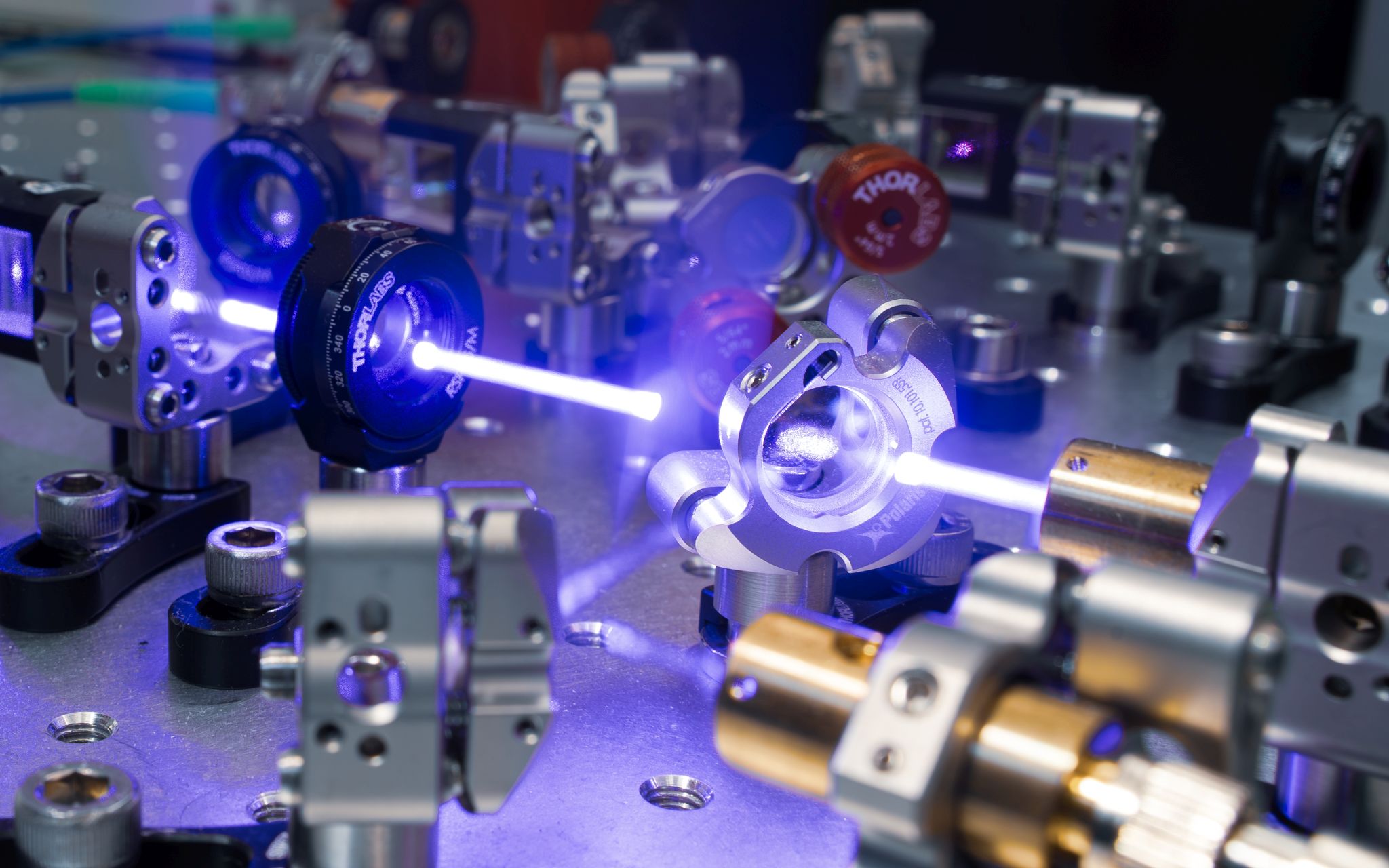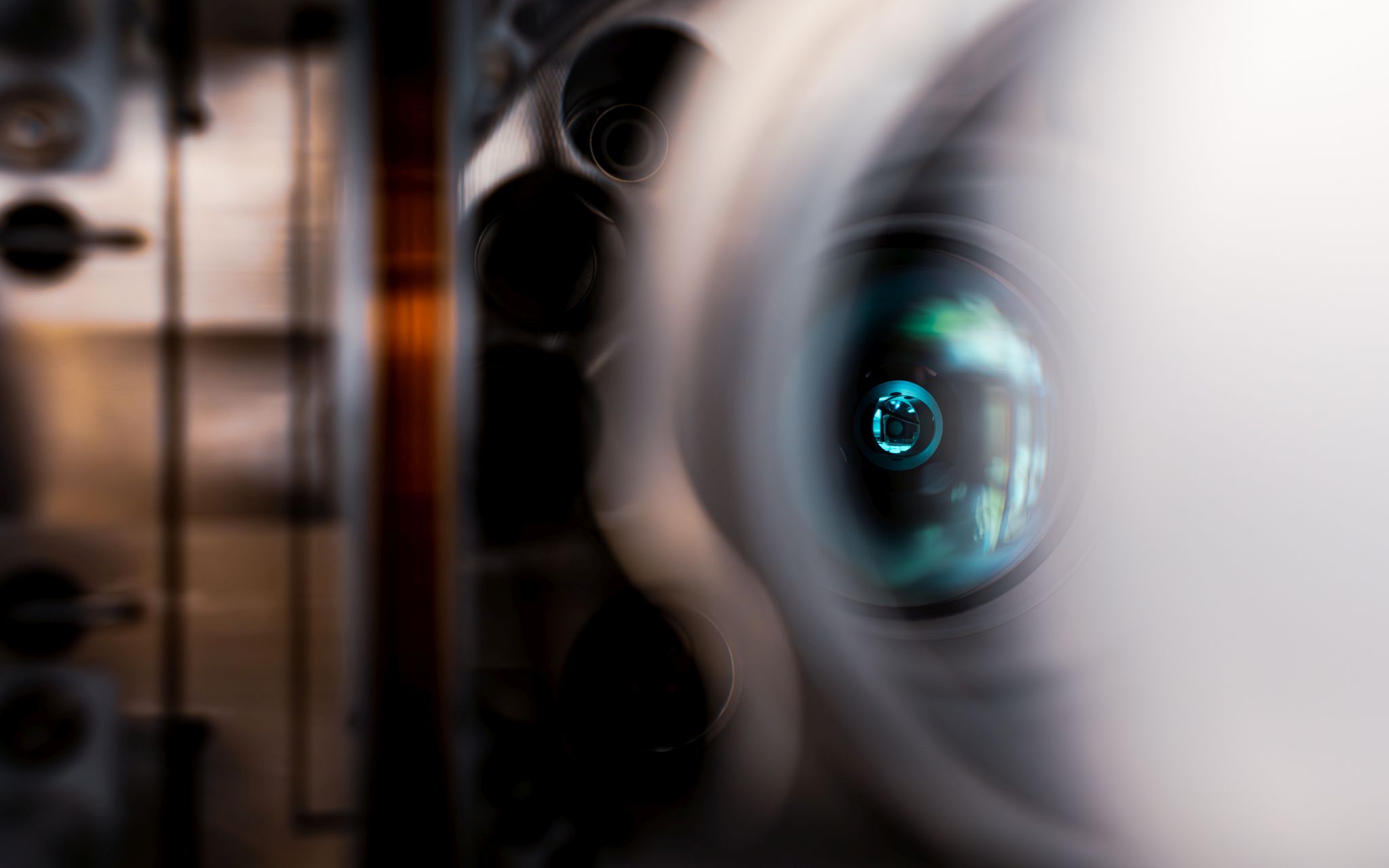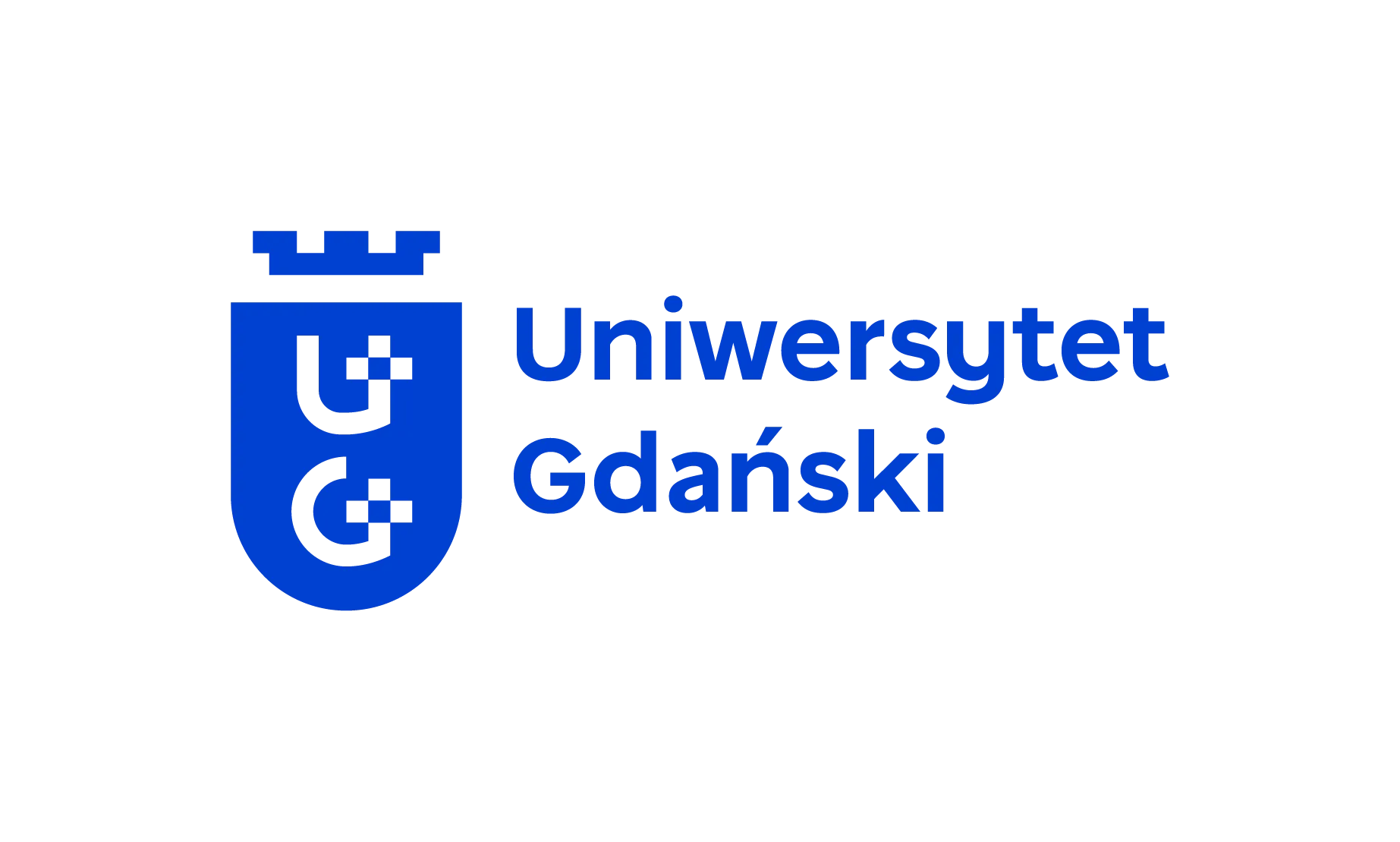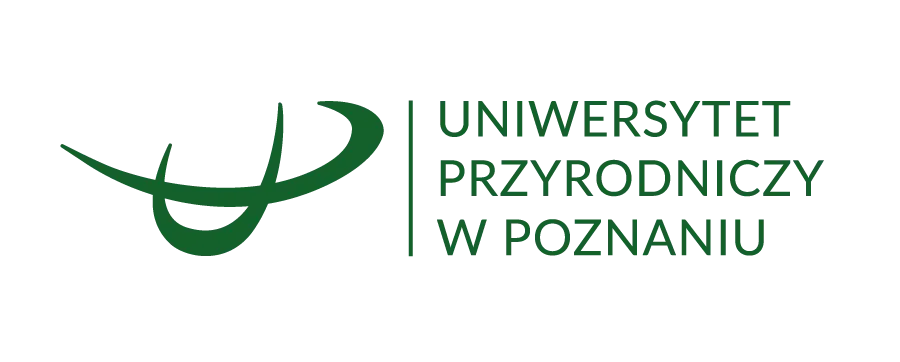
Optoelectronic control of an ion trap, i.e. preparation and launch of a subsystem necessary for conducting quantum experiments - this is the contribution of the Military University of Technology to the first Polish quantum computer. Col. Marek Życzkowski, a professor at the Military University of Technology, talks to PAP about this work.
The hardware infrastructure enabling quantum information processing will be based on calcium ions trapped in a vacuum trap. The Military University of Technology tests of the integrated optoelectronic system intended for the ion trap were a success. Optoelectronics engineers have created a stable quantum register.
The work was carried out by a team led by Col. Marek Życzkowski, PhD, a professor at the Institute of Optoelectronics of the Military University of Technology. Scientists from the Military University of Technology worked in the CEZAMAT laboratories of the Warsaw University of Technology. A research consortium led by the Warsaw University of Technology, composed of experts from the Military University of Technology, the Military Institute of Armament Technology, the Silesian University of Technology and Sonovero R&D, developed start-up, control and calibration procedures for individual quantum computer subsystems.
'Many research teams around the world are working on their own quantum computers. Various technologies are used in this research. Quantum computers based on superconducting technologies have their limitations - first of all, they have a very short lifetime of quantum states. That is why part of the scientific world is trying to find a solution to this problem using ion traps. This is a high-vacuum system with a magnetic trap. In a certain area of the vacuum, it catches ions and arranges them in a characteristic, linear distribution. Optoelectronics plays a decisive role in the preparation and subsequent manipulation of ions', Marek Życzkowski explains why the consortium established to build Polish quantum competences needed specialists familiar with optics, light interaction, lasers and new technologies – optoelectronics.
The cooperation of the consortium members included controlling optoelectronic components using specialized electronic subsystems. In this pioneering project, everyone was learning. The scientists gained knowledge and experience, allowing them to develop a concept and build an optoelectronic system. Thanks to tests in CEZAMAT laboratories, the optimal operating parameters of the computer components were determined.

'The process of controlling ions, which have quantum properties, meaning that they allow to carry out quantum calculations, must be handled by a group of lasers: highly specialized, highly precise and very tightly synchronized', Życzkowski describes.
ABILITIES YOU CANNOT BUY
He explains that ion trap technology has been known for at least twenty years. Many doctorates and post-doctoral papers have been written on the subject, and several working systems have been built. However, this is very specialized knowledge, embedded in a narrow scope of physics, which is why access to it is limited. In addition, it requires significant financial outlays, which also translates into its infrequent practice.
'The ability to organize quantum computers on ion traps is unsellable. You can buy complete fragments of solutions, but you will not gain access to certain stages of knowledge and skills that foreign experts have spent the last 20 years to reach. Only through your own practice can you work out a quantum computer infrastructure that will ultimately work. That is why in Poland we build everything from scratch - from the electronics assembly, for which the Warsaw University of Technology, experienced in evaluating such systems for the needs of world laboratories, is responsible, to optoelectronics, for which the Military University of Technology is responsible', the optoelectronics engineer says.
For the needs of the Polish quantum computer, the Military University of Technology prepared optical qubits in a trap. Calcium atoms were released as a result of laser ablation, optically selected and photoionised. The Doppler method was used for the initial laser cooling of ions. Then, the optoelectronics engineers moved on to preparing and reading the quantum state of qubits, using a very sensitive matrix detector designed for this purpose – a camera.
THE SYSTEMS WORK, THE QUANTUM SYSTEM IS STABLE
The systems tested in the CEZAMAT laboratories work. The processes are controlled by lasers, and the data obtained through optical manipulations are transferred to the electronic and IT system. In the near future, they will be processed at higher levels and operated using special software.

'We will have our own device that allows us to generate, change and read quantum states, necessary to run quantum algorithms. Our engineering task in this project was to ensure: the operation of quantum infrastructure, the ability to maintain quantum states and the ability to perform calculations in a specific time. This is what we call the Polish quantum computer', Życzkowski explains.
The next stages of the project will be related to applications for the military and science, because they will provide great opportunities for conducting research and development work in the field of quantum computing. In its current form, the quantum computer is smaller than supercomputers associated with huge 'cabinets'. The main difference from the conventional computer is its 'processor' - a vacuum trap to which radiation from at least 7 lasers is supplied via optical fibres. Such radiation must have strictly defined parameters, it must be intended for the organization of the work of the quantum computer.
'The organization of a quantum computer should be understood as performing such operations that ions caught in the trap can be in quantum states. We need to be sure of this in order to start logical operations on these quantum states. Today we can already say that the infrastructure is working properly, and the people who work on this infrastructure know what they are doing because they fully understand it', says the optoelectronics specialist.
UNIQUE KNOWLEDGE IS A CONDITION OF INDEPENDENCE
Quantum computer systems cannot be 'simply bought'. As the researcher explains, full knowledge of the entire infrastructure is necessary to develop quantum algorithms for the military or civilian needs, for example for advanced simulations. The software cannot be bought either, because each quantum computer requires different algorithms, closely related to it and designed for it. Only full knowledge of what is happening in a quantum computer will allow Polish experts to write the appropriate algorithm, thanks to which the quantum computer will find its applications.
If we imagined building a complete quantum computer based on an ion trap purchased abroad, then yes, we could attempt operations on quantum states and perform calculations. However, if the computer were to leave the quantum state, i.e., for example, the optoelectronic system would become desynchronised, it would be necessary to 'call the helpline'.
'By educating people in the project, we get a team that is perfectly familiar with the mechanisms used in our computer, we have a guarantee that we maintain a stable quantum system, and the obtained results are reliable. We therefore have the opportunity, in the future, to evaluate the operation of the quantum computer, also later, with algorithms', Życzkowski says.
He emphasizes that these will be the best Polish experts in this field, with unique, specific knowledge, because few people have the opportunity to work on such expensive and complex devices. They will be able to pass on this knowledge, and in the case of contact with the infrastructure of a quantum computer, it will not be purely theoretical knowledge.

The contribution of the Military University of Technology is therefore not just lasers, but above all a resource of human knowledge and learning opportunities. 'When we joined the MIKOK project, we learned how to construct the optoelectronic and electronic architecture of a quantum computer. By learning and searching for possible components to purchase, we gathered information. The following months were devoted to connecting, assembling and launching these components. At the moment, we are certain that this system operates stably in controlled conditions, which enables quantum operations on qubits', the scientist summarises.
The Centre for Advanced Materials and Technologies CEZAMAT at the Warsaw University of Technology is a laboratory environment specializing in conducting advanced research. The CEZAMAT Project includes a consortium consisting of, among others, the Military University of Technology. The Warsaw University of Technology has several years of experience in developing electronic systems for the construction of control elements for quantum computers used by research centres around the world. Hence, experts from this university initiated a consortium aimed at building a Polish quantum computer for the military and civilian needs. After obtaining funding from the Polish National Centre for Research and Development in a competition, the process of building Polish competences in this area started. The Cyberspace Defence Forces are in the team supervising the project and, as the administrator, they are gaining knowledge necessary to determine future applications. (PAP)
PAP - Science in Poland, Karolina Duszczyk
kol/ bar/ mhr/













